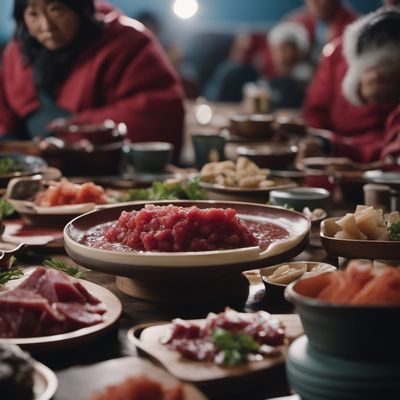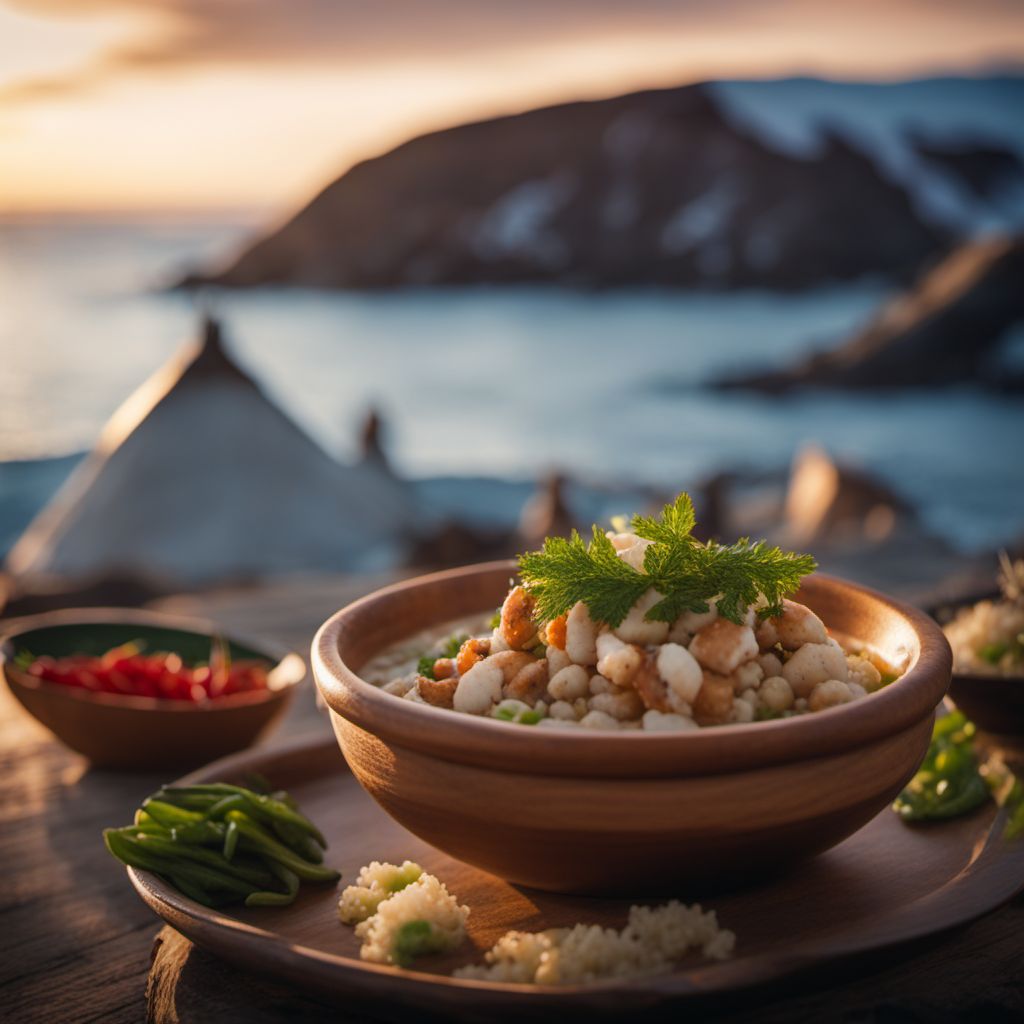
Cuisine
Inuit cuisine
Inuit cuisine is based on the availability of ingredients in the harsh Arctic environment. The diet consists mainly of meat and fish, with a focus on raw or frozen preparations. Popular dishes include raw fish, seal, and whale blubber, as well as soups and stews made with meat and vegetables. Inuit cuisine is also known for its use of traditional preservation methods, such as fermenting and drying, to preserve food for long periods of time.
Typical ingredients
Fish (arctic char, salmon, trout), Seal, Whale, Caribou, Muskox, Berries, Roots, Seaweed, Herbs
Inuit cuisine is one of the oldest and most unique cuisines in the world. It is a testament to the ingenuity and resilience of the Inuit people, who have survived in one of the harshest environments on earth for thousands of years.
More cuisines from this region...
History
Inuit cuisine has a long history, dating back thousands of years to the first Inuit settlements in the Arctic. The cuisine has evolved over time, adapting to changes in the environment and the availability of ingredients. Inuit cuisine is an important part of Inuit culture, and is often shared during community gatherings and celebrations.
Cultural significance
Inuit cuisine is an important part of Inuit culture, and is often shared during community gatherings and celebrations. It is also a way for Inuit people to connect with their traditional way of life and the natural environment. Inuit cuisine has gained recognition in recent years for its unique flavors and use of local ingredients.
Health benefits and considerations
Inuit cuisine is high in protein and omega-3 fatty acids, which are important for heart health. However, it is also high in fat and sodium, which can be a concern for some people. In addition, the consumption of certain types of raw or undercooked meat and fish can pose a risk of foodborne illness.
Inuit cuisine dishes
Inuit cuisine recipes Browse all »
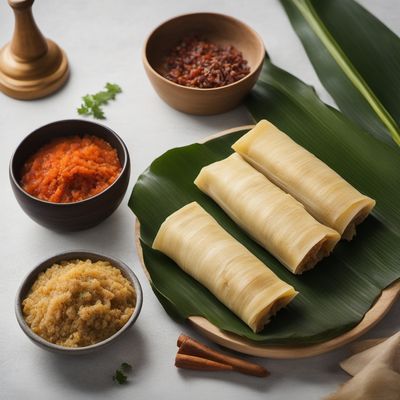
Inuit-inspired Tamales Salteños
Arctic Delight: Inuit-inspired Tamales Salteños
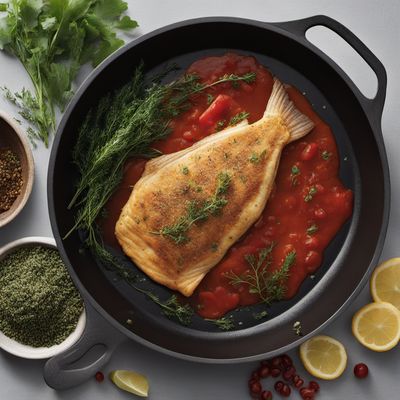
Inuit-style Pan-fried Flounder
Arctic Delight: Pan-fried Flounder with Inuit Flavors

Inuit-style Seafood Feast
Arctic Delights: A Traditional Inuit Seafood Celebration
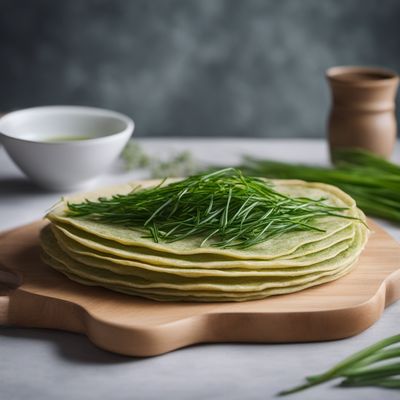
Inuit-style Scallion Pancake
Arctic Flavors: Inuit-inspired Scallion Pancake

Uht Sukusuk with Arctic Char and Wild Berries
Arctic Delight: Grilled Arctic Char with Tangy Wild Berry Sauce
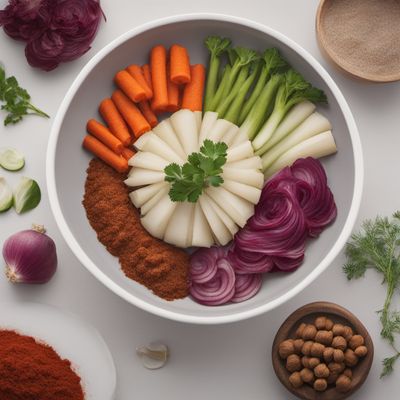
Elenia with a Northern Twist
Arctic Delight: Inuit-Inspired Elenia
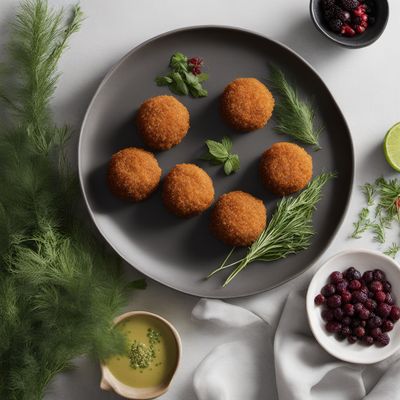
Inuit-inspired Arctic Rice Balls
Savory Arctic Delights: Inuit-inspired Rice Balls with a Twist

Inuit-style Arctic Char Pancakes
Arctic Delight: Inuit-Inspired Char Pancakes
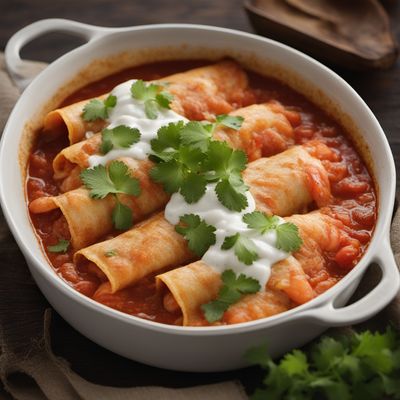
Inuit-style Shrimp Enchiladas
Arctic Delight: Shrimp Enchiladas with a Northern Twist

Inuit-style Arctic Salad
Arctic Delight: A Refreshing Inuit Salad
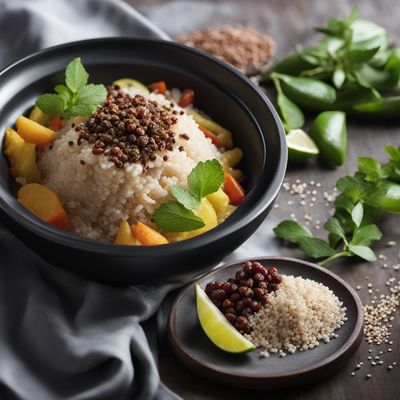
Muktuk Delight
Arctic Bliss: A Flavorful Journey with Muktuk
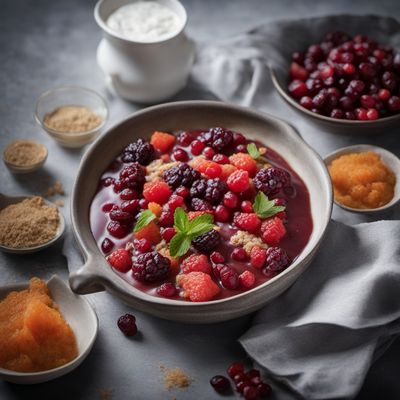
Inuit-Inspired Arctic Delight Maritozzo
Arctic Sweet Bread: A Taste of Inuit-Inspired Maritozzo
